Not all construction projects have a clearly defined scope of work. Often contractors are called in to make repairs or modifications where hidden conditions may substantially affect the amount and type of work and construction certifications required. Instead of guessing on a price and potentially losing money when costs come in higher than expected, contractors can use a time and materials contract to ensure that they get reimbursed for all their allowable costs.
What are time and materials contracts?
A time and material contract is an agreement for work that reimburses the contractor for all the allowable costs of the project plus overhead and profit. Generally, the contract includes a description of the work, a set of hourly labor rates for the contractor and any subcontractors, a material mark-up percentage, and a percentage or lump sum mark-up for profit. A cap or not to exceed limit may or may not be included in the cost reimbursable contract.
The TM contract is most common when the project scope can’t be clearly defined. This may be because most of the work is hidden, or the owner hasn’t decided exactly what work they want done. Since the amount of work can’t be defined, it is impossible for a contractor to provide a lump sum price for the work. So, often a TM contract is used to help the parties come to an agreement on all the other terms and construction general conditions.
When to use a time and materials contract
TM contracts can be used in the following situations:
- When the project scope isn’t clearly defined or quantified
- For emergency repairs or service calls
- When part or all of the work is hidden or there are unforeseen circumstances that may affect the amount of work
- When material or labor price increases are expected during the project
All that is needed to create a time and materials contract is: hourly rate or labor rate, material costs and mark-up, overhead mark-up, and profit.
Are time and materials contracts legal?
T & M contracts are legal for construction projects, except in California. A contractor and residential homeowner or tenant cannot enter into a T & M contract in California. California law requires construction contracts over $500 with homeowners or tenants to include: the contract price, contract start and end dates, description of the work, amount of deposit, required warnings, and disclosure of insurance information.
In addition, the construction contract price must be a fixed fee, stated in dollars and cents. (California Business and Professions Code section 7159(d)(5).[2]). And it must also have a schedule of progress payments, and each progress payment “shall be stated in dollars and cents and specifically reference the amount of work or services to be performed and any materials or equipment to be supplied.” (§7159(d)(9)(B).)
Because T & M contracts do not specify the contract amount or how much the payments will be, they are declared illegal, with fines and penalties (up to $5,000) for the contractor who uses them. In addition, the homeowner or tenant may void the noncompliant contract, leaving the contractor to accept payment that is the “reasonable value of the work.”
How do time and materials contracts work?
Once the time and materials contract is signed, the contractor or project manager begins work. They carefully track the labor hours or billable hours, indirect costs, and material costs of the project. When it comes time to bill the owner, labor is billed at the agreed upon hourly rate and materials are billed at cost plus the specified mark-up. The owner pays for all expenses on the project, plus the agreed mark-ups for materials, overhead, and profit margin.
If extra work is required, there is no approval process or change order needed. The owner is simply billed for the additional labor and materials, plus mark-ups.
The project ends when the contractor and owner agree that the defined scope of work is complete.
Parts of a time and materials contract
When writing a T & M contract, be sure to include the following clauses or provisions:
- Labor rates – Include the hourly rate for laborers, carpenters, subcontractors, and any other workers that will be used on the project. Also include administrative rates if applicable.
- Maximum “not to exceed” price – If appropriate, include a cap for the project cost and operational cost. This helps the owner know what to expect. This maximum can be changed through the change order process.
- Materials mark-up – The owner is usually billed the cost of the materials purchased for the project plus a mark-up (15% to 35%).
- Breach of contract – Specify what will happen if either party breaches the agreement. If appropriate, include a liquidated damages clause, choice of law provision, venue choice, etc.
- Disclaimers – You may include disclaimers regarding warranties, depending on the quality of the materials selected by the owner.
- Changes in the work – Include the process for making changes to the scope of work and when those changes are legally enforceable.
- Payment terms – Define when the owner will be billed for the work and when payment is expected. The contractor may bill as the work progresses or upon completion.
Time and materials contracts pros and cons
Time and Materials Contracts Pros
- Low risk for contractors
- Know all costs will be paid by the customer
- Profit is guaranteed
- Don’t need to get approval for changes in the scope of work or cost increases
Time and Materials Contracts Cons
- High risk for the project owner
- Owner doesn’t know the final cost until the end
- Creates added work for the contractor to ensure that costs are properly tracked
- Doesn’t reward labor efficiency
Although not very common, a time and materials contracts can protect a contractor when the scope of work is hard to quantify or identify. It ensures that the contractor will get paid for their costs and make some profit as well.
Now that you know about T & M contracts, it’s time to find new construction projects using construction bidding websites like PlanHub. Contact us today for a free general contractor software demo.
Examples Of a Time and Materials Contract
Understanding the nuances of a time and materials contract is crucial in various industries, and having clear examples can illuminate how this type of contractual arrangement functions. A common time and materials contract example involves a construction project where the client pays for the actual hours worked by the contractor and the cost of materials used. In this scenario, transparency is key, and the agreement typically includes hourly rates for labor, rates for equipment usage, and detailed records of material expenses. Businesses often use a time and material contract template to outline terms and conditions, specifying the hourly rates, materials reimbursement process, and any other pertinent details. This template serves as a foundational document to ensure both parties have a comprehensive understanding of the agreement, fostering transparency and effective collaboration throughout the project.





